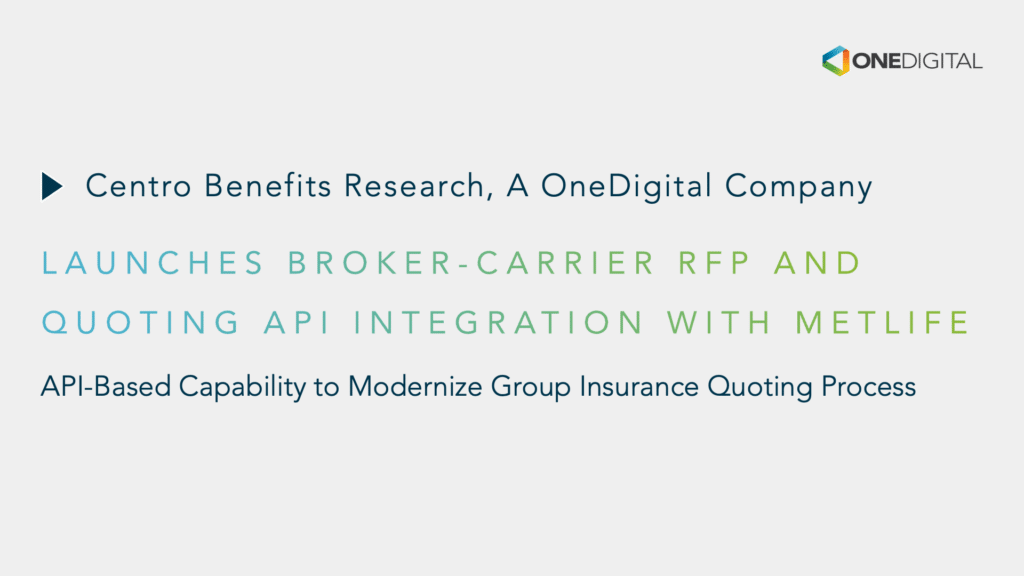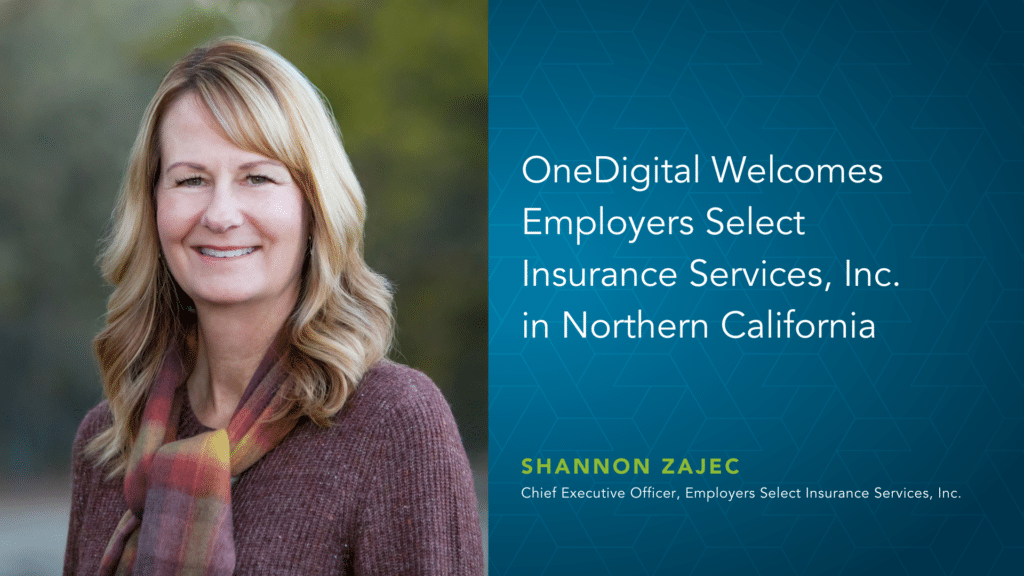The health insurance landscape is changing and employers may need to embrace these employee benefits solutions in 2018 to stay competitive.
As the year winds down and open enrollment season comes to a close, it’s time to examine how the employee benefits landscape may look in 2018 and beyond. Rather than offer an exhaustive list of every conceivable option available to employers, we'll focus on a handful of the progressive employee benefit products and strategies we can expect to see in the coming year(s). Here are six benefits industry market trends to watch for.
-
Narrow Networks
As more health insurance carriers develop and evolve their Accountable Care Organizations (ACO) models, they are offering products that guide members toward high-performing doctors and facilities. Broad provider networks have become crucial over the last twenty years but recently have proven to be ineffective at controlling cost. Though employees prefer having access to a wide network, employers are concluding they simply can’t afford it. Narrow networks, built around accountable care and pay-for-performance reimbursement models, will influence the trend slope by steering plan participants away from inefficient and wasteful providers and facilities. Some employers may even abandon the network approach entirely. At this point, you may wonder, what’s a healthcare program without a network? Read on to find out…
-
Value-Based Payments (Reference-Based Pricing)
Employers have reached a healthcare cost tipping point and are willing to try a radical approach to cost-control. While a narrow network might initially drive medical claims down 3-7%, a value-based payment (VBP) program could easily yield a reduction of 10% during year one, and even offer reductions as high as 20% in some cases.
Focusing on facility claims by using a national Preferred Provider Organization (PPO) network for physician services, VBP plans pay hospitals and other facilities based on the actual value (cost) of the delivered service, typically established based on Medicare-reported costs.
This is a stark contrast to traditional carrier reimbursements that discount an arbitrary billed amount. Carriers celebrate 50% or more discounts off of billed charges, but the resulting payment can be upwards of 300% of Medicare. VBP plans might pay as low as 130% of Medicare, and plan participants can go to any hospital or facility without network restrictions. The savings are significant and grow each year as VBP trends with Medicare in the 1-3% range.
-
Stop-Loss Captives
Smaller employers will assume ownership—or co-ownership—of their health insurance stop-loss risk. Multi-employer stop-loss captives will gain momentum in 2018 for a number of reasons:
- Allow smaller employers a softer landing into a self-funded environment by creating a larger risk pool
- Owners create the rules of entry and manage risk by requiring a robust wellness program, an aggressive pharmacy management strategy, narrow networks or VBP’s
- Larger risk pool with effective risk management programs tend to generate better pricing
Participating in a captive allows employer groups to benefit from favorable claims experience, as the owners share the assets of the captive plan. -
Pharmacy Benefits Manager (PBM) Carve-Outs
As trends in prescription drug expenditures remain in the double-digits, even small to midmarket employers will demand more transparency in prescription drug pricing. Insurance carriers tout the virtues of bundling, but withhold information regarding prescription pricing deals and savings to the customer or plan sponsor, especially downmarket. Meanwhile, third-party pharmacy benefit managers are usually:
- Eager to increase market share
- Able to offer aggressive guarantees on average wholesale price discounts, dispensing fees and rebate performance
- Flexible on formulary management and clinical programs like pre-authorization, step therapy, quantity limits and manufacturer payment assistance
A 1,000-employee company can cut net pharmacy costs by $150,000 to $500,000 per year by un-bundling their prescription plan from the medical carrier and engaging directly with a pharmacy benefit manager.
-
Health Navigators
The healthcare delivery system is fragmented and overwhelming. Complicated employer benefit designs and insurance rules only confuse participants further. All too often, patients feel lost and alone when dealing with illness or an injury and carrier service centers don’t offer the depth of assistance consumers need. In 2018—and beyond—midmarket employers will adopt upmarket strategies to fill this void, investing in third-party vendors to provide this resource for participants.
Call it a concierge service, health navigation or care-coordination, these programs, independent of the carrier, third party administrator (TPA) and/or network, will actually advocate on behalf of the plan participant.
They’ll help participants navigate the healthcare delivery and insurance systems and carefully guide them to the most appropriate site of service for care. By reducing inefficient and ineffective care, third-party health navigators and care coordinators can reduce aggregate medical and drug spending by as much as 15% in year one and significantly lower thereafter.
-
Expansion of Voluntary Benefits
Realizing that high deductibles and out-of-pocket maximums are the norm in health insurance, employers will offer robust voluntary benefit programs to their employees. Voluntary benefits add no cost to the employer; instead grant additional protection for employees from financial hardship in the event of injury, illness and other potentially costly life events. Critical illness, accident, and long term care insurance, voluntary vision plans, legal assistance, identity theft protection, and even pet insurance will be growth markets in 2018.
While some healthcare markets have evolved to adopt the six trends, most employers would benefit from embracing as they gain momentum in 2018. Employers may be willing to—if not forced to—take a fresh approach to employee benefits cost management in the coming year.
To learn more about benefit trends to watch for in 2018, or how to successfully incorporate them into to your employee benefit plan design, contact your OneDigital representative.




